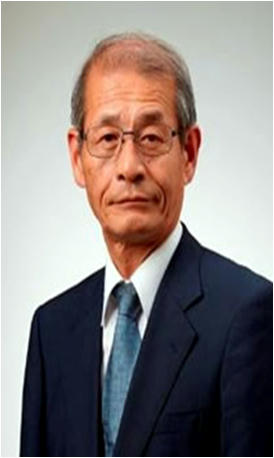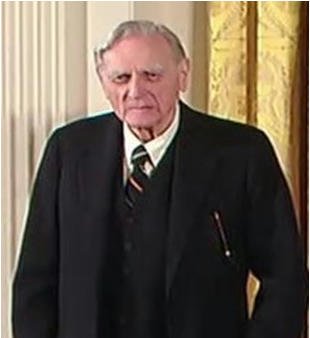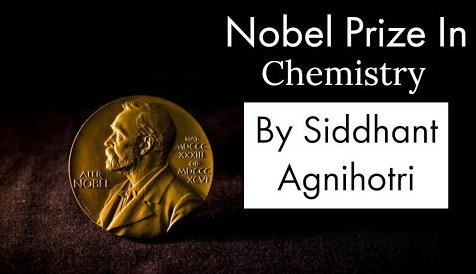Table of Contents
NOBEL PRIZE
- The 2019 Nobel Prize in Chemistry has been awarded to John B. Goodenough, M. Stanley Whittingham and Akira Yoshino “for the development of lithium-ion batteries”, the Royal Swedish Academy of Sciences announced on Wednesday.
- Lithium-ion batteries have revolutionised the world of technology. The batteries power everyday products such as smartphones, laptops and even electric vehicles.
- “Through their work, this year’s Chemistry Laureates have laid the foundation of a wireless, fossil fuel-free society,” the Nobel Foundation said while announcing this year’s winners.
AKIRO YOSHINO

- Akira Yoshino ( born 30 January 1948) is a Japanese chemist. He is a fellow of Asahi Kasei Corporation and a professor at Meijo University in Nagoya.
- He created the first safe, production-viable lithium-ion battery.Yoshino was awarded the Nobel Prize in Chemistry in 2019.
- In 1981 Yoshino began research on rechargeable batteries using polyacetylene. Polyacetylene is the electroconductive polymer discovered by Hideki Shirakawa, who later (in 2000) would be awarded the Nobel Prize in Chemistry for its discovery.
JOHN B GOODENOUGH

- John Bannister Goodenough (born July 25, 1922) is an American professor, solid-state physicist. He is a professor of mechanical engineering and materials science at the University of Texas at Austin.
- He is widely credited for the identification and development of the lithium-ion battery, for developing the Goodenough–Kanamori rules.
- He went on to get his Ph.D. in physics at the University of Chicago, became a researcher at MIT Lincoln Laboratory, and later the head of the Inorganic Chemistry Laboratory at the University of Oxford
- In 2019, he was awarded the Nobel Prize in Chemistry, and, at 97 years old, became the oldest Nobel laureate.
STANLEY WHITTINGHAM

- Michael Stanley Whittingham (born 1941) is a British-American chemist. He is currently a professor of chemistry and director of both the Institute for Materials Research and the Materials Science and Engineering program at Binghamton University, part of the State University of New York. He was awarded the Nobel Prize in Chemistry in 2019.
- Whittingham is a key figure in the history of the development of lithium batteries, discovering the concept of intercalation electrodes in 1970s.
BATTERY
- WORKING
SIGNIFICANCE
- The foundation of the lithium-ion battery was laid during the oil crisis in the 1970s. Stanley Whittingham worked on developing methods that could lead to fossil fuel-free energy technologies.
- He started to research superconductors and discovered an extremely energy-rich material, which he used to create an innovative cathode in a lithium battery. This was made from titanium disulphide which, at a molecular level, has spaces that can house – intercalate – lithium ions.
- The battery’s anode was partially made from metallic lithium, which has a strong drive to release electrons. This resulted in a battery that literally had great potential, just over two volts. However, metallic lithium is reactive and the battery was too explosive to be viable.
- John Goodenough predicted that the cathode would have even greater potential if it was made using a metal oxide instead of a metal sulphide.
- After a systematic search, in 1980 he demonstrated that cobalt oxide with intercalated lithium ions can produce as much as four volts. This was an important breakthrough and would lead to much more powerful batteries.
- With Goodenough’s cathode as a basis, Akira Yoshino created the first commercially viable lithium-ion battery in 1985. Rather than using reactive lithium in the anode, he used petroleum coke, a carbon material that, like the cathode’s cobalt oxide, can intercalate lithium ions.
- The result was a lightweight, hard wearing battery that could be charged hundreds of times before its performance deteriorated. The advantage of lithium-ion batteries is that they are not based upon chemical reactions that break down the electrodes, but upon lithium ions flowing back and forth between the anode and cathode.
























 WhatsApp
WhatsApp